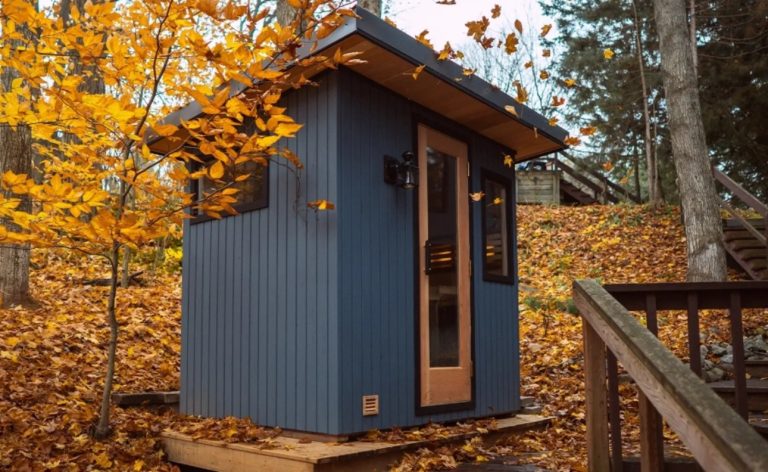Creating Home Hot Tub Privacy

Hot tubs are a popular addition to many homes, providing a relaxing and enjoyable experience for homeowners. However, when placed in an open or visible area, the lack of privacy can be a concern for some. Luckily, your local team at Bachmanns Pools, Spas & Saunas is here to share they best ideas to create home hot tub privacy.
Fencing
One of the most common solutions for creating privacy around a home hot tub is installing fencing around it. This not only provides visual barriers but also adds an element of security to your hot tub area. When choosing the right type of fence, consider factors such as durability, maintenance requirements, and aesthetic appeal.
Wooden fences are a popular choice as they offer natural beauty and can be easily customized to fit different styles. Vinyl and composite fences are also great options as they require less maintenance and come in a variety of colors and styles. For a more budget-friendly option, consider using bamboo or lattice fencing for a unique and tropical feel.
Greenery
Plants, trees, and shrubs can also be used to create privacy around your home hot tub. Not only do they provide natural barriers, but they also add greenery and beauty to your outdoor space. When choosing plants for privacy, opt for fast-growing ones such as bamboo or tall evergreens like arborvitae.
If you have limited space, consider using potted plants or vertical gardens on the sides of your hot tub. These not only provide privacy but also add a touch of nature to your hot tub area. Just make sure to choose plants that can thrive in the outdoor conditions and require minimal maintenance.
Curtains or Screens
For a more temporary solution, curtains or screens can be used to create privacy around your home hot tub. This option is great for those who may want to change the layout or location of their hot tub in the future.
Outdoor curtains made with weather-resistant fabric can be hung on rods around the perimeter of your hot tub for a simple yet effective barrier. Retractable screens are also a popular choice as they offer flexibility and can easily be rolled up and stored when not in use.
Pergolas or Gazebos
Adding a pergola or gazebo around your hot tub not only provides privacy but also adds a touch of elegance to your outdoor space. These structures can be customized with drapes, curtains, or even planters for added privacy.
Pergolas and gazebos also offer protection from the elements, allowing you to enjoy your hot tub in all types of weather. They can be built in various sizes and styles to fit any budget and serve as a functional and stylish addition to your home.
Ultimately, there are many ways to create home hot tub privacy, from traditional fencing to more creative solutions using greenery or structures. Consider your budget, maintenance requirements, and personal style when choosing the best option for your home. With these tips, you can enjoy a relaxing soak in your hot tub without worrying about prying eyes.
The post Creating Home Hot Tub Privacy appeared first on Bachmanns Pools & Spas.


 608-222-7727 or go to
608-222-7727 or go to 





